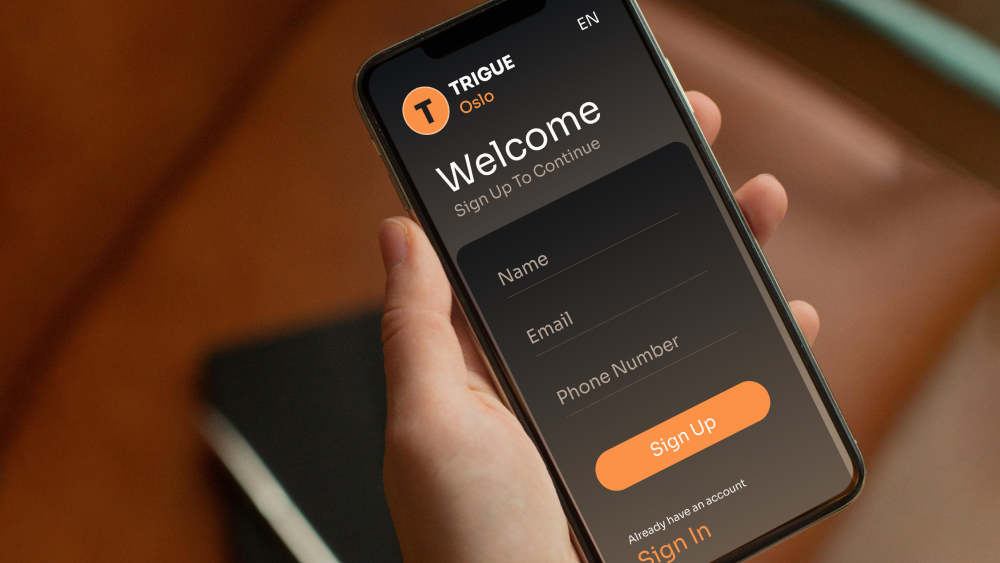
For any enterprise today, delivering unbridled access to the internet isn’t enough — network and user safety must be at the forefront. To this end, a captive portal can act as an effective wireless network onboarding gateway to secured and controlled connectivity. But did you know that you can do more than just protect your network when using captive portals for Wi-Fi onboarding? Let’s explore how you can use them to create valuable revenue streams.
Understanding Captive Portals
First, what is a Wi-Fi captive portal? Simply put, it is the authorization page one sees when trying to connect to Wi-Fi at a hotel, airport, or coffee shop. It prompts users for login credentials or to accept terms and conditions, or both. It acts as a gateway where users must authenticate themselves or perform a specific action to gain network access.
How Do Captive Portals Work?
Captive Portals are an industry standard for ensuring secure network access in public spaces. When a user attempts to connect to your wireless network, the captive portal intercepts the network request and redirects it to a portal page. This can be thought of as a virtual security guard, checking users’ digital ID before granting them network access. After following the instructions on the portal (providing credentials, accepting terms, or even viewing advertisements) they are connected.
The process can be broken down as follows:
Network Interception
Before users join the Wi-Fi network, any web request they send prompts the captive portal to kick in. Instead of allowing them to reach their desired webpage, it redirects to a login page.
Authentication
They may be required to enter login details, pay for access, or accept legal terms. This ensures that only authorized users gain access to the network.
Session Initiation
Upon successful authentication, the portal switches the user to the intended network. Now they can browse the internet based on the restrictions set by the network administrator.
Importance & Benefits of Captive Portals
Captive portals are critical for security and network management. They offer several benefits to both network providers and users.
Enhanced Security
Captive portals act as a checkpoint, ensuring only logged-in users can access the network. This safeguards the network from unauthorized use and potential threats.
User Experience
By controlling access, captive portals can help ensure fair bandwidth distribution and a smoother connection for everyone.
Legal Compliance
Captive portals often include terms and conditions that users must agree to, protecting the network provider by ensuring users acknowledge the rules governing their internet usage.
Marketing Opportunity
Businesses to the network provider can use their captive portal as a touchpoint for branding, advertising, and collecting user data (with consent) for marketing purposes.
Monetizing Your Wi-Fi Captive Portals
Here’s the exciting part: Wi-Fi captive portals can go beyond enhancing network security and can also be leveraged economically. The captive portal can be used to monetize your Wi-Fi network by offering users access in exchange for something of value. For example, you could offer free Wi-Fi to customers who sign up for your mailing list or like your Facebook page. You could also use the portal to promote offers and discounts on products or services at your business. Let’s explore a few of the options for various industries…
Advertisements & Promotions
Any captive portal page can be effective real estate for advertising. The owner of the page can place their own ads, or sell this space to other businesses looking for targeted exposure. For example, a restaurant could sell this space to a bakery that wants to advertise their pastries. The owner of the portal could charge a fee for each ad displayed on it, or offer it as part of an advertising package with other services. Similarly, a retail store could offer free Wi-Fi and use the portal to promote a special offer or sale. This can also be incentivised to offer coupons to customers who sign up for their mailing list, etc.
Revenue via Pay-to-use Models
Captive portals can also be a source for a healthy revenue stream. This is particularly applicable in airports and in hospitality, where premium Wi-Fi services can be offered at a cost. In hotels for instance, a portal can be used to offer premium Wi-Fi that is faster and more reliable than the free version. This could be a dedicated network, separate from the public one and charged on a per-day basis or as a package. Places that see a high volume of users (airports, shopping malls and train stations) can offer free Wi-Fi that is limited in terms of bandwidth or time, and then allow users to upgrade by paying for more. Their captive portals can be used to offer bandwidth extensions or unlimited access at various price points.
Customer Resource Data
In retail, a reliable customer resource is as valuable as any other. Gathering customer data can help businesses understand their customer base better and tailor services to suit their needs. Retail stores can use their portal to allow customers to opt-in and provide contact information, shopping preferences and product interests. This data can be used to send targeted marketing campaigns via contextual engagements, offering personalized discounts, promotions, or even improve product offerings.
Affiliate Marketing
Captive portals can promote affiliates and sponsorships. Every time a user makes a purchase or signs up via the captive portal, a commission is earned. For example, a retail store could use their captive portal page to promote an affiliate program with a local gym. Every time a customer signs up for membership at the gym via this promotion, the store earns a commission. Similarly, the captive portal of a hotel could promote local restaurants and attractions. Every time a guest spends at one of these businesses, the hotel earns a commission. This is a good way to offset the cost of providing free Wi-Fi or even generate revenue.
In addition to these, captive portals can also be used to promote one’s own social media accounts. By offering users the option to like or follow your brand, you increase engagement with customers and build a stronger online presence.
Customized Captive Portals With Cisco Spaces
Whether you are a business owner seeking to offer secure Wi-Fi to your customers, an IT professional tasked with protecting a network, or a user navigating the digital waves, captive portals are an essential. They represent a balance between secure access control and revenue-generating opportunities.
Cisco Spaces, renowned for its robust networking solutions, offers an array of captive portal features designed to elevate both security and user experience. With advanced customization options, Spaces allows businesses to tailor their login experience to match their brand, thereby enhancing user engagement right from the point of access. The system’s adaptability makes it equally effective for corporate environments and public spaces alike, making it a versatile choice for any organization’s needs.
Book a demo or get a free trial of Cisco Spaces captive portals today.


